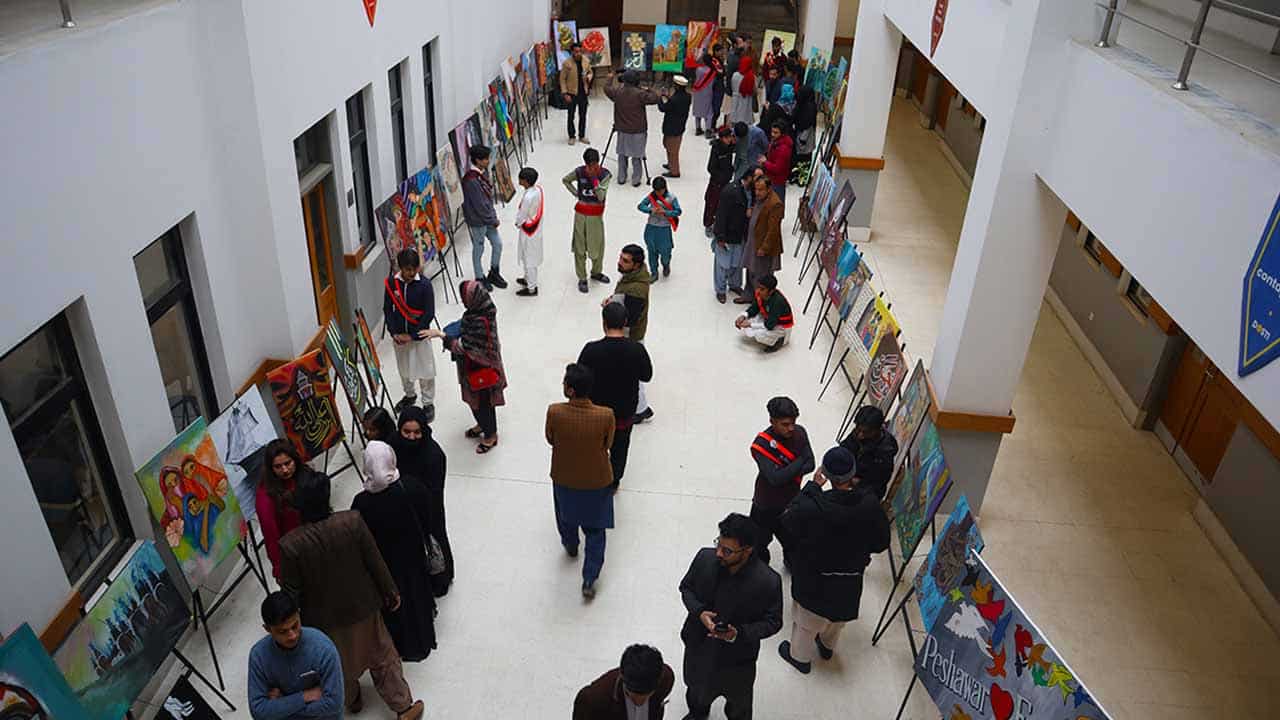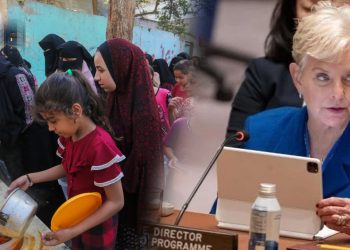On Tuesday, the Rangeet Welfare Organization (RWO) organized an exhibition featuring artwork created by street kids in the Pakistani city of Peshawar, which coincided with International Education Day, which is observed on January 24 every year.
The number of street children in Pakistan is estimated to be over two million, and it is rising quickly as a result of migration, emigration, extreme poverty, and the growing number of runaways who are obligated to leave their homes because of violence they have experienced at home, at school, or elsewhere. Once on the streets, these kids are more likely to encounter abusive situations like forced labor, exploitation, trafficking, and arbitrary detention.
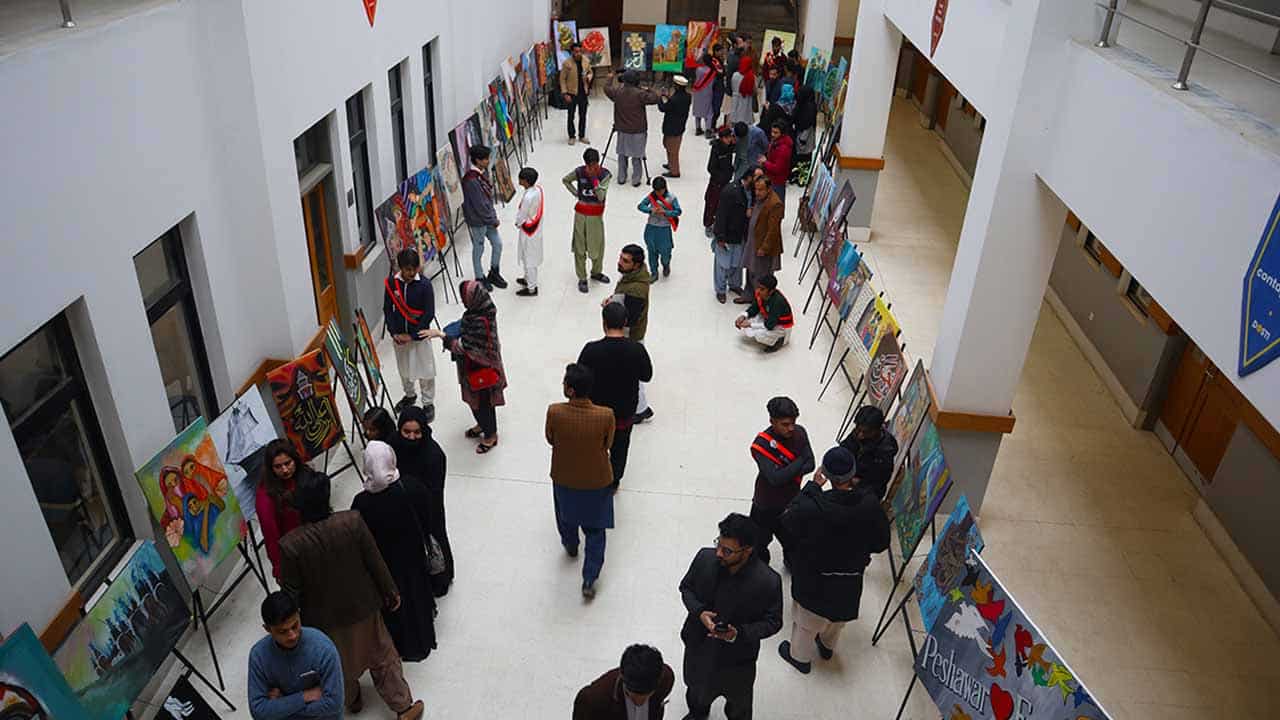
In August 2021, Jalwat Huma, a Peshawar resident, established RWO in the basement of her home to teach street kids how to use art as a means of creative expression under the slogan, “If you can’t write, you can still draw.”
In keeping with the proverb, “paint what you see,” RWO organized an exhibition on Tuesday at the Peshawar University that featured canvases full of representations of the excluded and the marginalized: homeless people, women and children begging on the streets, anxious mothers holding their newborns, mosques, clerics, and women wearing traditional tribal clothing.
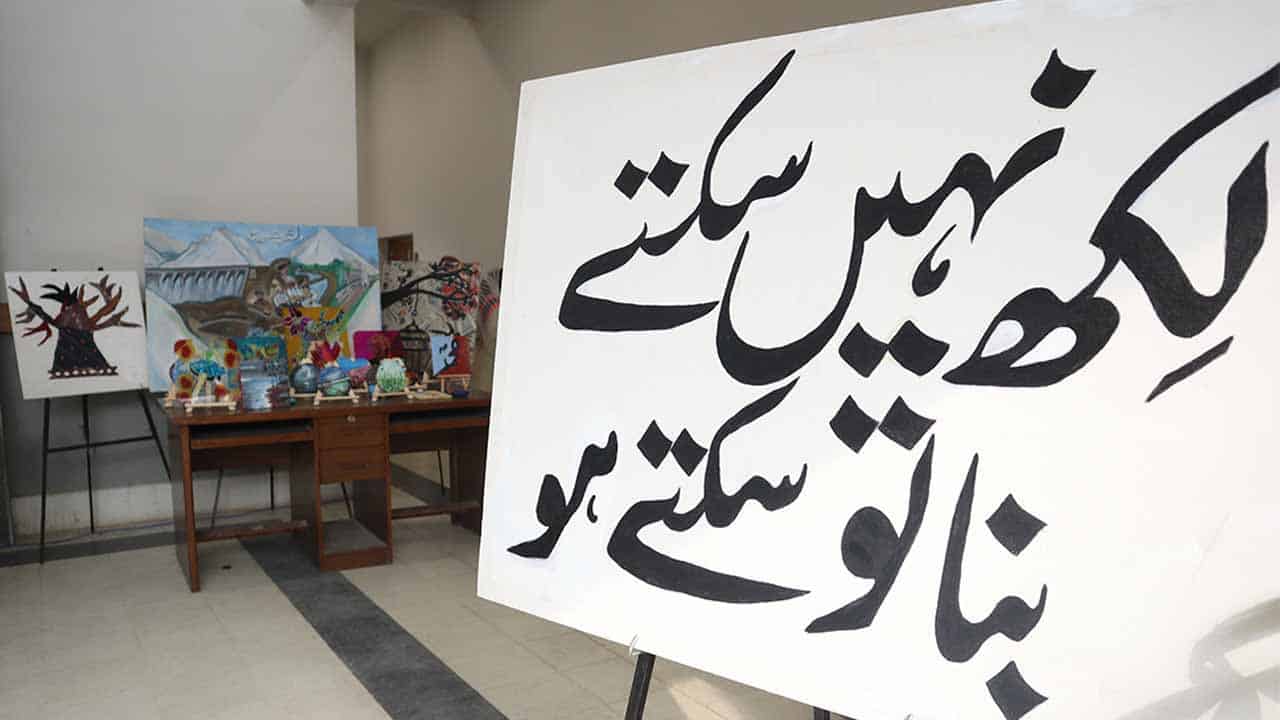
In order for these [underprivileged] children to also celebrate International Education Day, we planned this exhibition, Huma said at the occasion. “The work of street kids, whom I consider being very special, has been displayed for the public, which gives me great pleasure,” the writer said.
“Just over a year ago, I initiated this journey with underprivileged children, impoverished and left to fend for themselves, sell what they scavenge off the streets, or work mornings in other people’s homes. Now I am proud to display their work here in front of you all.”
We intend to make these children international-level artists and want to display their work in an international exhibition in the future, according to Huma, who noted that dealing with street children was challenging because they lacked formal education or training in the arts. She claimed that her group was also instructing them in music, computers, and English.
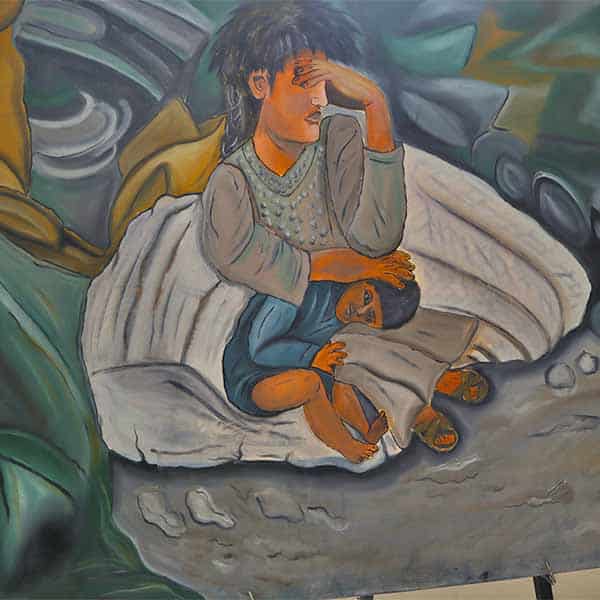
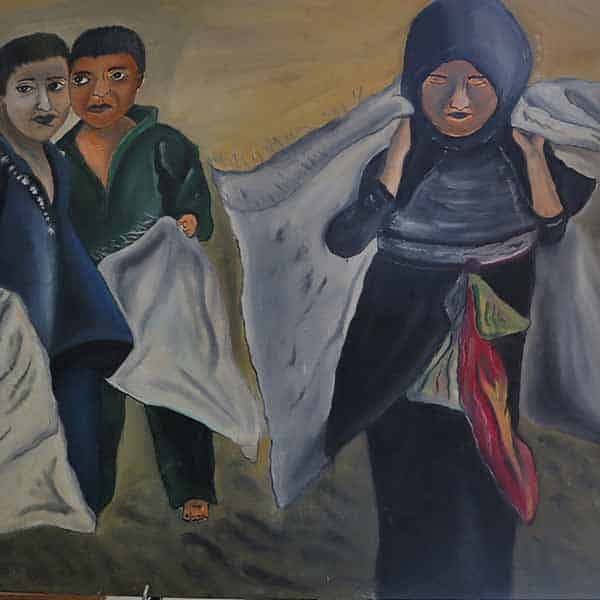
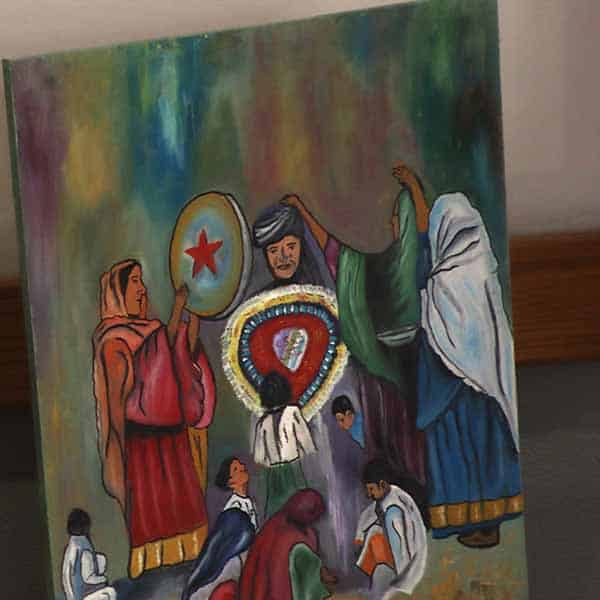
The Khyber tribal area, which is close to the district of Peshawar, is where the majority of the 106 students in RWO are from.
Painting is a costly medium, and at this point, we couldn’t afford to pay for a lot of students, Huma remarked. But out of the 106 kids who have signed up so far, 27 have their artwork on show in this exhibition. The kids expressed their “happiness” at seeing their art shown and being valued by people from various backgrounds.
Abdullah Afridi, originally from Bara village in Khyber, said he had worked in a medicine company as an errand boy before he joined RWO a year ago and started learning how to paint:
“I went to a location where people like me may learn painting after hearing from a friend in my area. I was inspired to leave the factory and join RWO after watching others my age paint and draw.
“I feel very happy when I’m painting,” Afridi said. “I was doing other people’s labor for very little pay before, now I do my own work. In the future, I want to become a famous artist and portray the grief of people like me, and maybe help them as Madam Huma helped me.”
On Tuesday, hundreds of people from all walks of life came to the show to admire the work of children who were less fortunate than themselves, especially students, teachers, and art enthusiasts.
